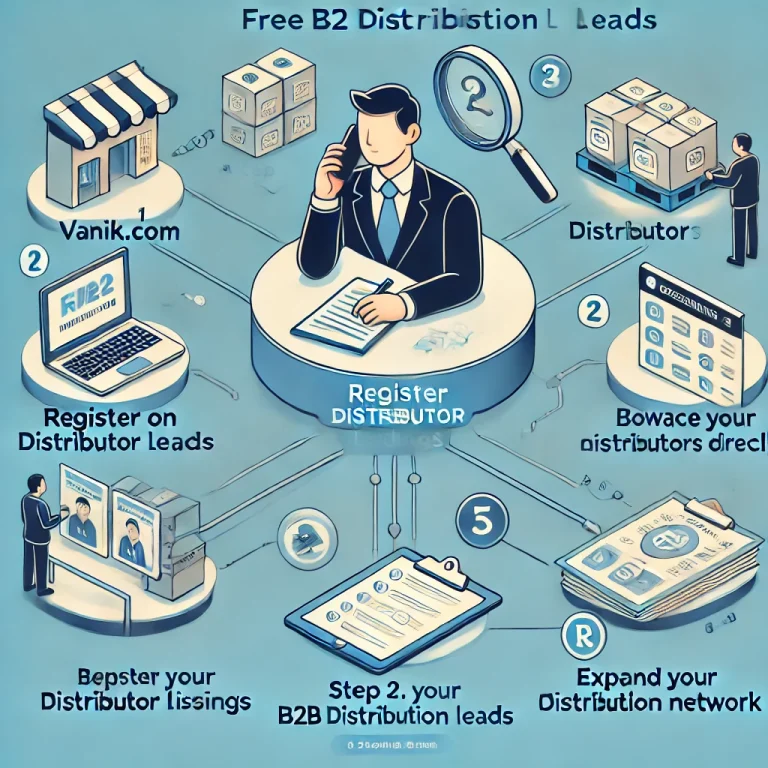Why our emails go unanswered ? We send emails to prospective customers everyday but how many of them get any response ? Why is it so ? Why people do not respond to emails ? The answer may be loss of data, spam filter, firewall and many other physical barriers on which we do not have much control. But it may as well be our own follies – may be our emails do not look professional enough or interesting enough to open. How to make sure our emails receive proper response – every time ?
Essential preconditions for email response are – the email reaches its destination and the recipient reads it. Next challenge is to make the email interesting enough to deserve response. So, let’s identify specific barriers in each of these 3 stages and how to overcome these to make sure customers read our emails and respond.
1. How To Make Sure Email Reaches Destination
Though it looks simple, trust me, its not that simple. Assuming email address is correct, your mail may still get entangled in spam filter or firewall depending on your ‘reputation’. To maintain a high reputation score, ensure that your domain’s SPF, DKIM, reverse DNS, Mx records are in order (entirely in your hand) as also your IP has good reputation. There are many free reputation checkers, such as SenderScore.org where your can check both domain and IP. Like a credit score, a Sender Score is a measure of your reputation. Scores are calculated from 0 to 100. The higher your score, the better your reputation and the higher your email deliverability rate.
Secondly, your email must pass test of online threats such as phishing, malware or virus. As file attachments are main carriers of phishing,virus and malware, do not send file attachment unless the recipient is expecting it. Most servers and computers have firewall and/or anti-malware protection. Your mail either get fire-walled out or the recipient may not open your email suspecting it to be another phishing attack.
Lastly, your email content should not not have suspect words such as free, discount, opportunity etc. Again, there are many free facilities in Internet where you can check your email for spam content such as mail-tester.com. Simply send your mail to a test email address for mail-tester.com to check ‘spamminess’ of your email and suggest you best practices. Follow mail-tester suggestions to reduce risk of spam words.
2. How To Make Sure Recipient Reads Your Email
The first thing that strikes you – as soon as you open your mailbox – is a list of subject lines of incoming emails. For many of them – you reach for delete button without even opening or reading. Why ? Because you know instinctively those emails are of no use to you. Does your email also fall in that category ? What’s the probability your email will be opened ?
Since the only part of your unopened email visible to recipient is Subject line – make sure it looks interesting and must stand out among all other unopened emails. How do you do that ? By making it as specific as possible, exactly what the recipient is expecting. Secondly, your email must stand out among many more waiting to be opened. How to do that ?
One of the tricks to make your email stand out is to include name of recipient in subject line. Anyone, getting a mail with his/her name and/or company name visible in subject line is unlikely to completely overlook the mail. Coupled with a specific and interesting subject line – the mail carries high probability of attracting attention.
3. How To Ensure Response ?
This is by far the most challenging and success depends greatly on what you write as also how you write. Since what you write is beyond the scope of this article, here’s few tips on how you write. Remember, same content can be written in different ways and each such format/content is different from other. So, here are few universally accepted best practices in business email
a. Use simple sentences in direct conversational way, avoid indirect speech. ‘We can make it’ is far better than ‘The same can be produced at our factory’.
b. Use bullet-points more than long description
c. Structure your content in paragraphs – 1 – 3 paragraphs max.
d. Liberal use of hyper links to your web-site or other sites instead of long write-ups on company profile, history, management etc
e. Absolutely no misspelling – typos and misspells carry negative image. Check your message with spell checker before sending
f. Most Important – end your email with a call to action.
g. Add prestige – Use business email with proper signature line. – Business e-mail address gives a professional look to your e-mails and at the same time help you establish your identity. An anonymous e-mail address like jasmine_export@abcdfreemail.com does not inspire much confidence. After all, anybody can subscribe to a free e-mail address and vanish without a trace. One can not even find name, address or country of origin of the sender. On the other hand – a business e-mail address like sales@jasmine_india.com conveys seriousness of the sender. It suggests, the sender is not a temporary player – but invested on his/her e-mail address and more important, left an identity for anyone to check. Anybody can find out more information about the sender from his web-site address (e.g. jasmine_india.com)
Use a properly structured signature line/para below your name that gives your company name, physical address, website URL, tel no etc. If available, put your company’s social identities such as Facebook page, Twitter handle etc. in signature
h. No Mass Mailing Please. Do not indulge in mindless mass mailing. It may seem easy and convenient to send thousands of e-mails in no time. However, do not get misled by numbers – quality is far more important here than quantity. Targeted, customized and individually addressed e-mails carry much more weight than an anonymous mail. If anything, mass mailing brings your prestige down and gets you black-listed.
i. Respond and Follow-Up : You must respond to all e-mails that need to be answered within 24 or max 48 hours. If requested information can not be provided within 24 or 48 hours, send an interim response informing him/her about the delay and how soon you expect to provide requested information. You should have a follow-up policy that does not depend solely on e-mails but uses other communication media like telephone, fax, instant message etc.


